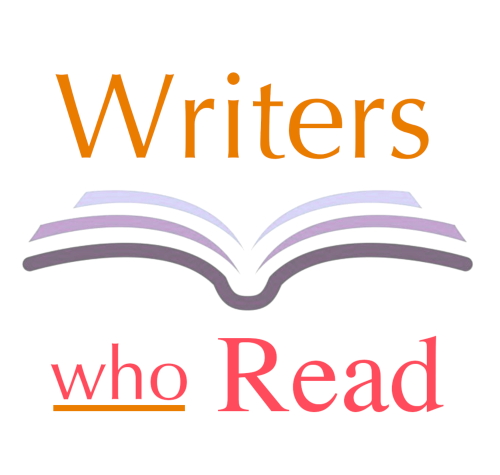Agenda
- Why We're Here
- Literary Forensics
- - What do I bring?
- - What do I feel?
- - What do I notice?
- - What do I study?
- Next Month's Reading & Study
Why We're Here
We Writers want to improve our craft
by Reading like a Writer
through Literary Forensics
we learn from each other
Roundtable Rules
Always refer back to the book
We practice active listening & serendipity
Every feeling and observation is valid...
but not every conclusion
Always refer back to the book
Meet today's author: Lisa Halliday
- Graduated from Harvard in 1998
- She worked at Wylie Agency as an Assistant Literary Agent
- Wylie represented Philip Roth
- Short story published in The Paris Review in 2005
- Left Wylie in 2006 to focus on fiction
- Won a 2017 Whiting Award for Fiction
- Currently a freelance editor and translator in Milan
What do I feel?
What in the book elicited that feeling?
Every feeling and observation is valid...
but every conclusion should be questioned
We practice serendipity
- nothing is too crazy
Always refer back to the book
What do I notice?
- • Language and Grammar
- • Context
- • Point of view
- • Voice
- • Character development
- • Horizontal structure
- • Pacing
- • Layering of themes
- • Overall effect
Two Alices

Some themes
- Epigraphs
- I - Folly: "We all live slapstick lives, under an inexplicable sentence of death . . ." - Martin Gardiner, The Annotated Alice
- II - Madness: "Our ideas about the war were the war" - Will Mackin, Kattekoppen, The New Yorker, March 11, 2013
- Asymmetries
- Personal Relationships
- Political
- Literary / Structural
- Perceptual
- Blurred boundaries between Fiction and Reality
- Perception - The Looking Glass
- Artistic Ability
- Swim Lanes
- How a Roman à Clef could go horribly wrong
- Humorless, Pretentious
- Stilted, unnatural dialog
- Unsubtile
- Un-lyrical, un-musical
Asymmetry - Stats
- Marketing: Literary, Coming of Age, Psychological
- Genre: Realistic Present-Day, Rounded-Binary Form
- Word count: 81,283
- Print Pages: 305
- Tense: Past
- POV: I-Alice; II-Amar; III-Transcript
- Publish date: February 6, 2018
- Publisher: Simon & Schuster
- Asymmetry
- Subject of 8-way auction for both Asymmetry and her 2nd novel
- Philip Roth called Asymmetry "a considerable achievement"
- Novel #2
- Set partly in Italy, it explores how conspiracy theories take hold
- Theme: blurred boundaries between fiction and reality
Rounded-Binary Form...(A-B-A)

Rounded Binary Form (A-B-A)

Word Cloud

Writers Who Read: Coming Up
January 2: Exit West – Mohsin Hamid (UK-Pakistan, 2017)

